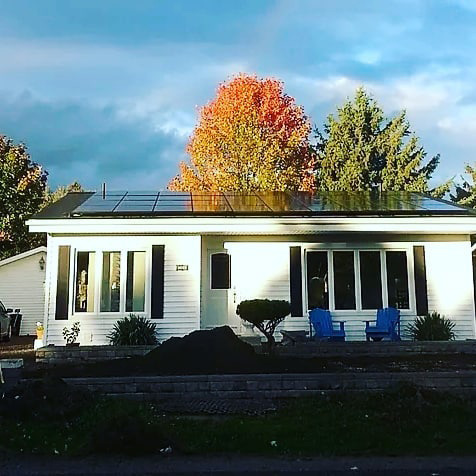The Facts of Light: How Long Does a Solar Panels Last?

We get a lot of questions about solar power. That’s why we’ve introduced “The Facts of Light” — a place where you can inquire about all things solar, and we’ll do our best to get you the answers.
We live in a throwaway society. Even our phones and our laptops — incredibly sophisticated, high-tech and well-designed pieces of equipment — only last a few years before we need to replace them. We might get our cars to last more than 10 years if we can put up with some repairs and diligent maintenance, but, frankly, most things aren’t very durable.
Solar panels, by comparison, are in it for the long haul. There are no digital processors, no delicate motherboards, no flywheels, no pumps, and no fans. There are very few moving parts that can break or wear out, and as a result they require almost no maintenance. The components of the panel are durable and include a glass-protected solar cell (often made of silicon) that captures sunlight. A solar panel sits in one place and absorbs the sun. That’s its job.
So, even those old-school panels that went up on the homes of early adopters decades ago are still producing electricity pretty efficiently. And recent testing by outside researchers has found that the useful life of most panels is 25 years or longer.
Likewise, the US Department of Energy’s National Renewable Energy Lab (NREL) has published studies on the durability and effectiveness of solar panels over time, finding solar technology truly does hold up for decades. Indeed, there there are panels out there today that are more than 30 years old (panels from the 1980s!) and still going strong. NREL’s study found that as technology has improved, the long-term performance of panels has only gotten better.
Today’s solar panel systems are just as humble and hard-working as the early ones, but they are also lighter-weight, can produce more energy, and are far more stylish.
Is there a catch?
Full disclosure: After 30+ years go by, your solar panels will not be quite as efficient as the day you put them up on your roof. Annually, solar panels’ performance decreases by about half a percent. This small loss in efficiency is mainly due to exposure over time to water vapor and temperature fluctuations that wear on the coatings and materials. As a result, panels are only about 86% as efficient after 30 years. That’s nothing to sneeze at, of course. Can you think of any other product that works 86% as well after it’s been operating for 30 years?
In addition, solar panel systems have a special piece of equipment called an inverter, which may need to be replaced every decade or so. Inverters take the electricity produced by a solar panel and niftily convert it into power that’s ready to be used in your home. Inverters do have a few more parts and wiring involved, but they’re still highly durable, and new, high-quality ones are expected to last more than 14 years.
Lastly, because your solar panels may stay with your home longer than you do, your warranty and all the terms of your financing agreement transfer easily to the next person to inhabit your solar home if you decide to sell.
In it for the long haul
Most durable things are resilient because they are simple and made from quality materials. Solar panels, made from crystalline silicon covered in very durable glass, are like that. There’s a reason they use them in space. For one thing, it’s one of the only feasible ways they can generate electricity in space, but also it’s because solar panels can endure in even the harshest conditions.